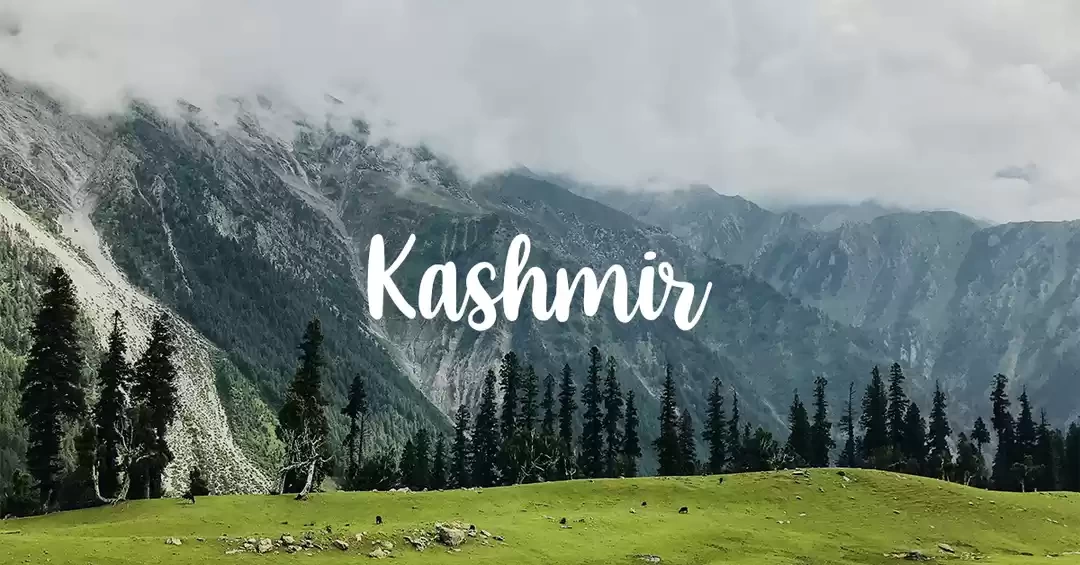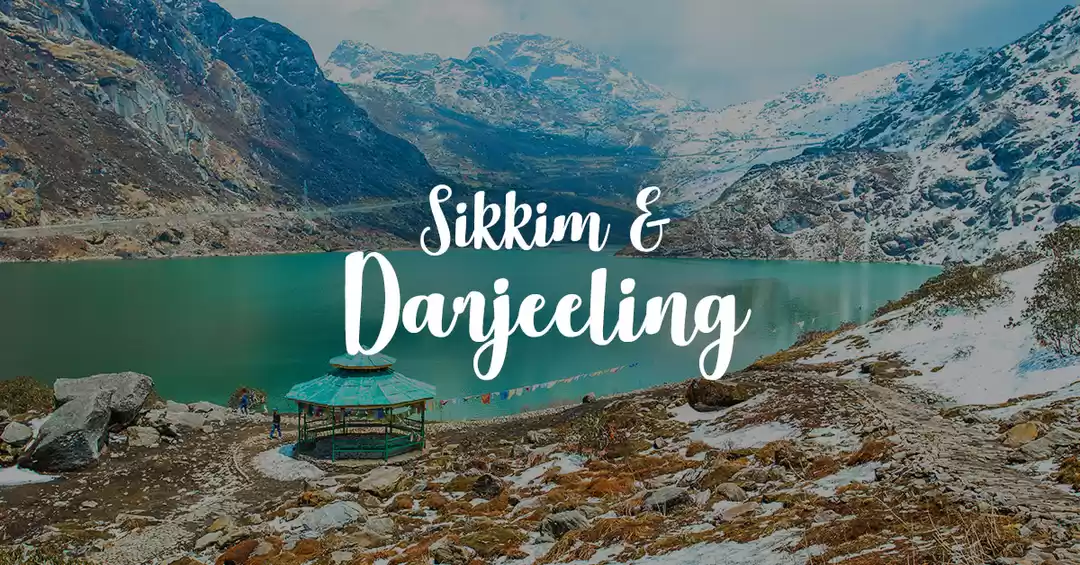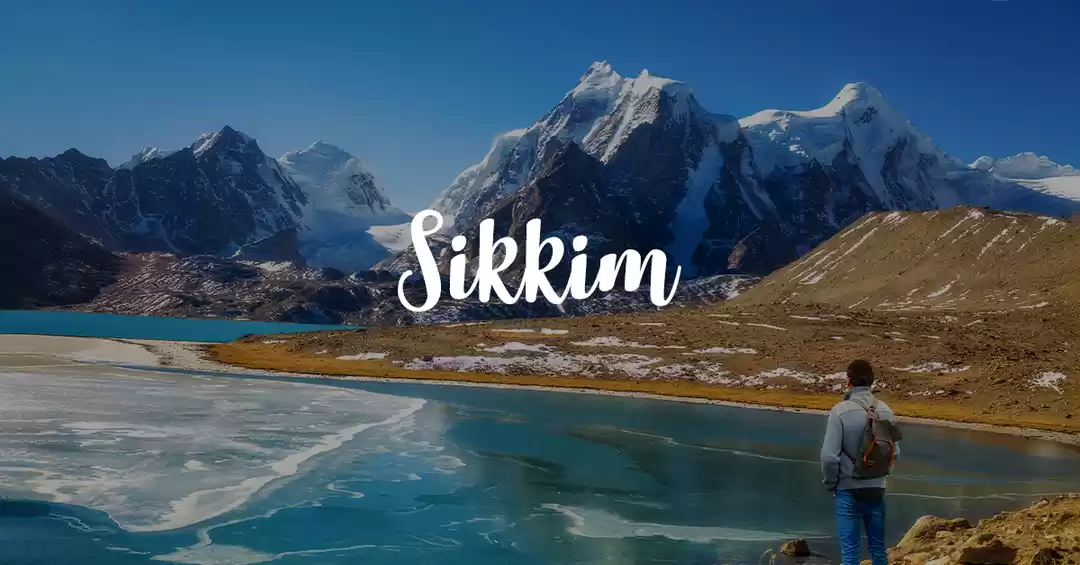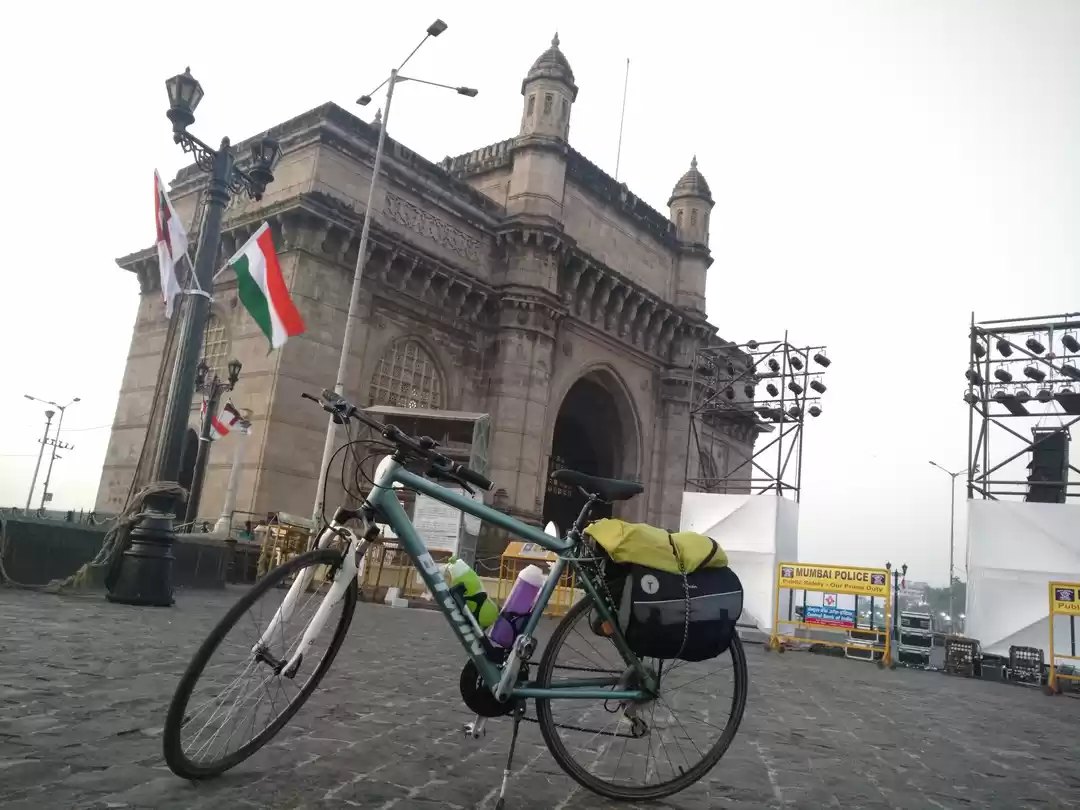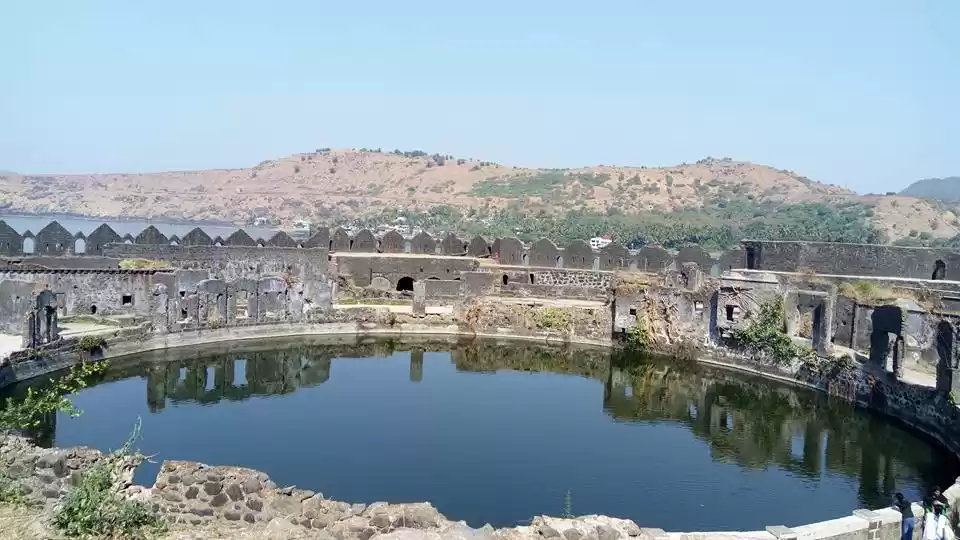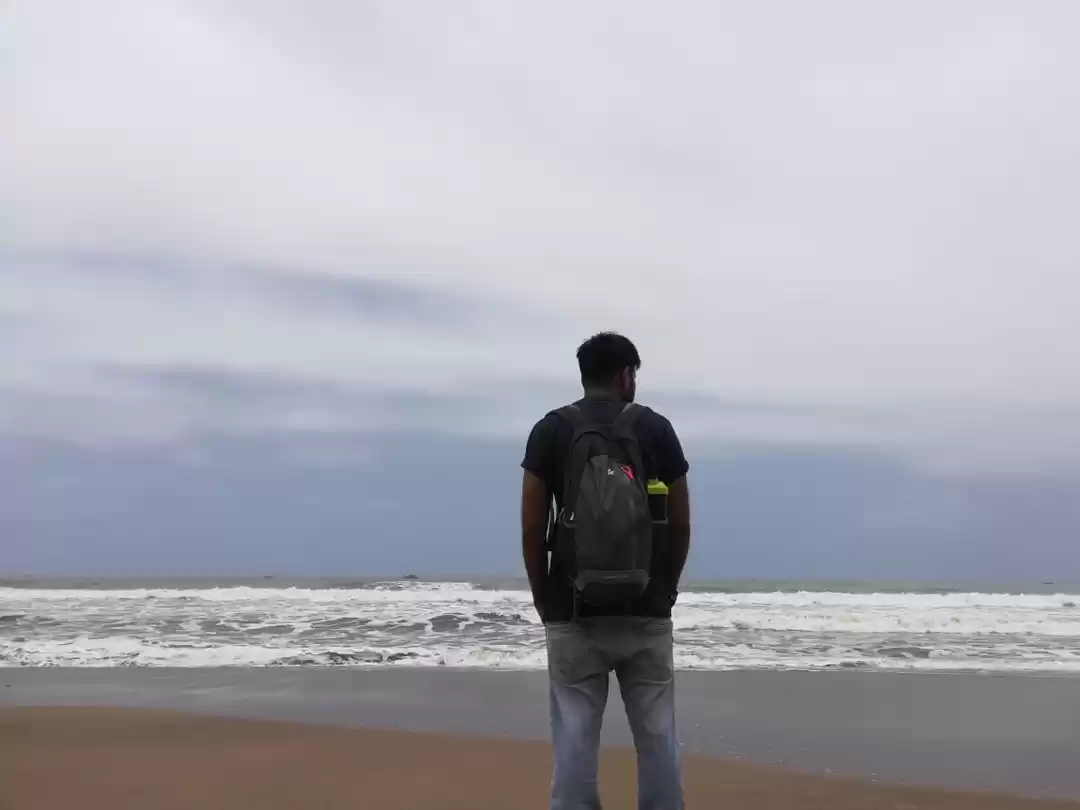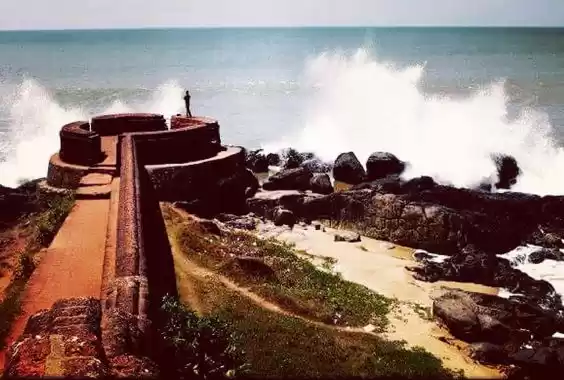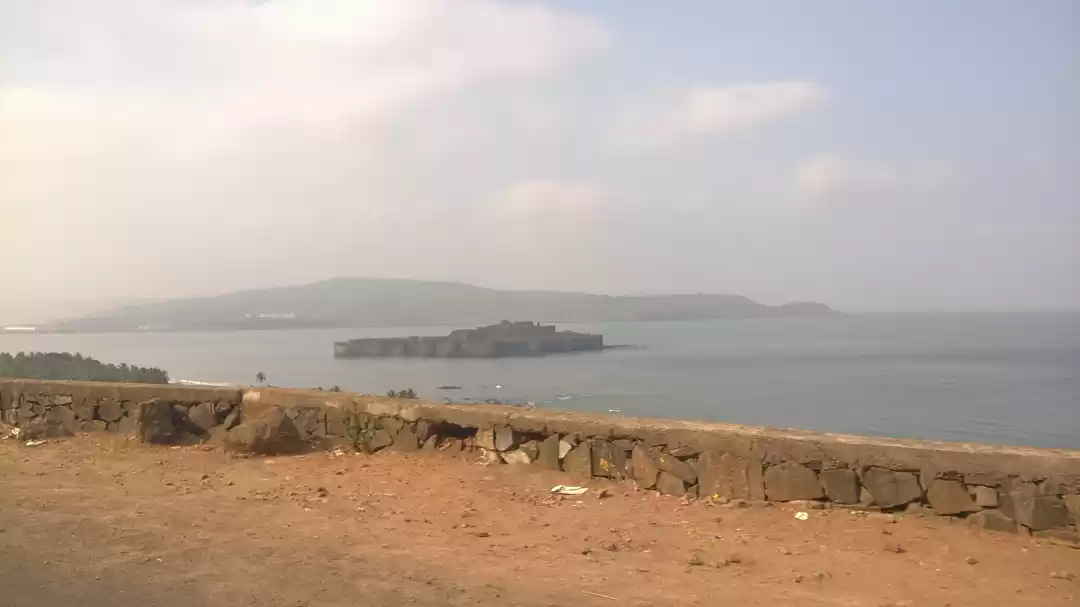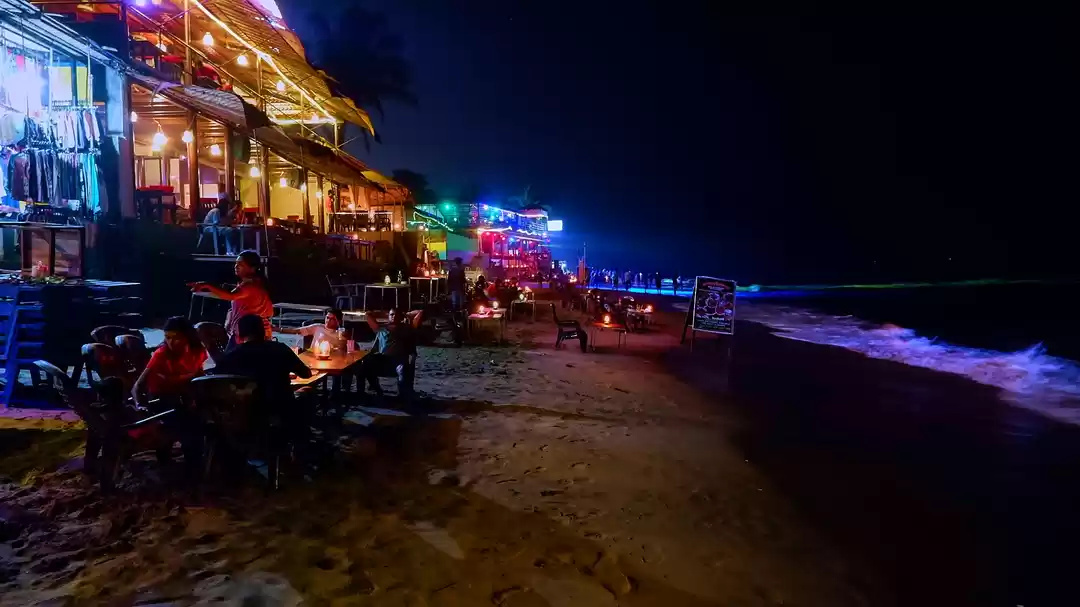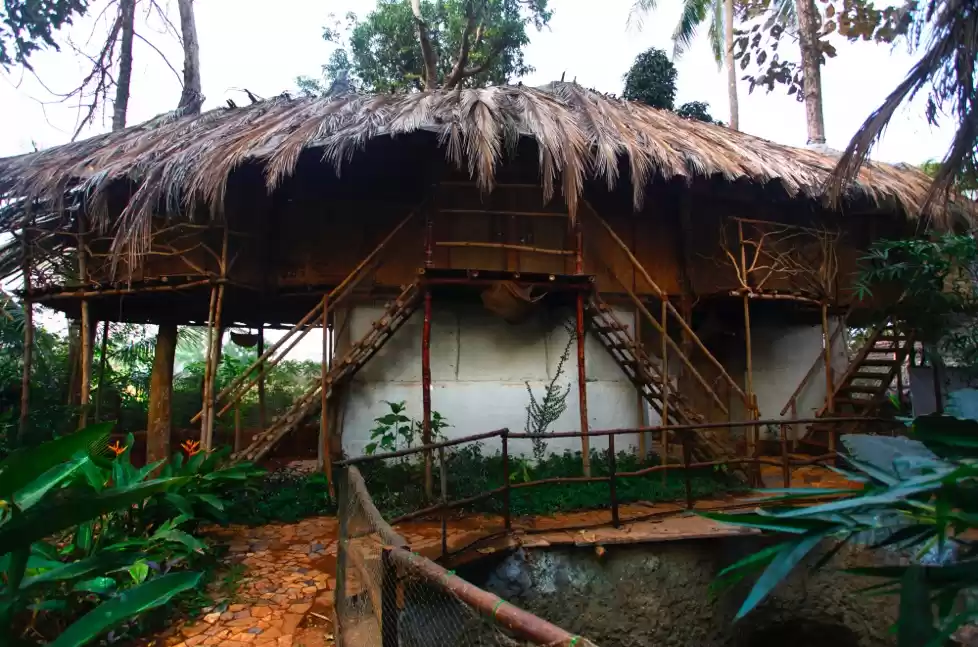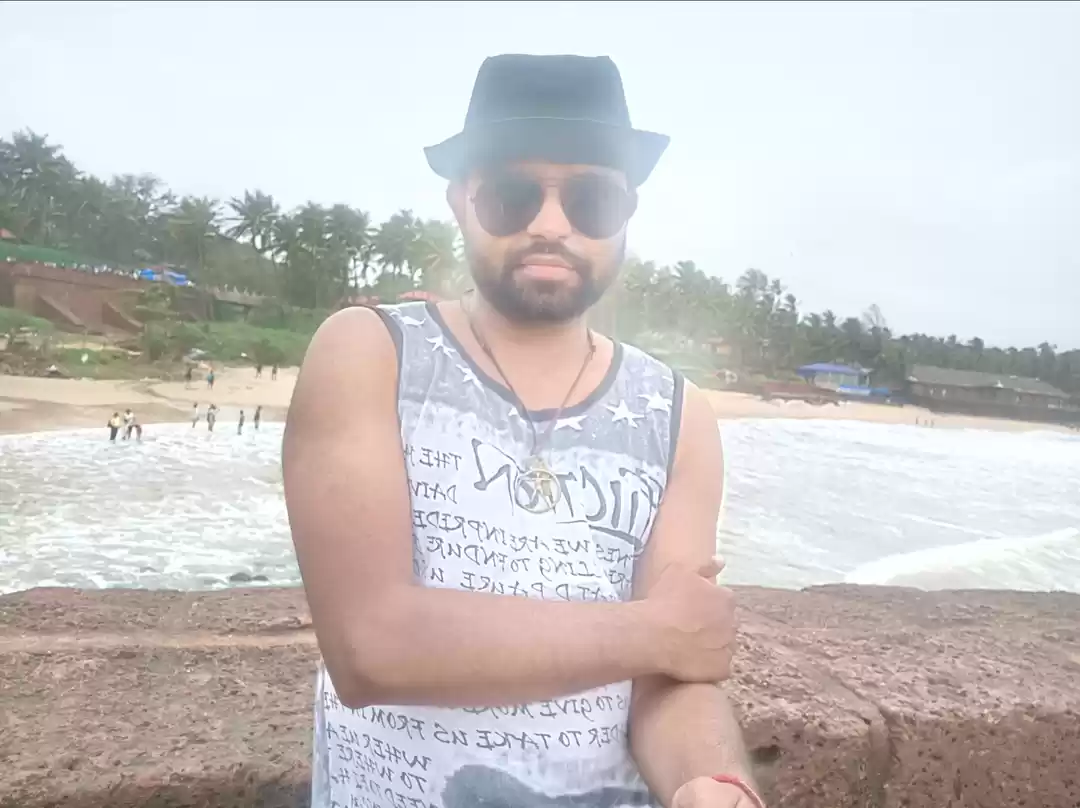


















Raichak
If you're at Kolkata, you can drive to Raichak through the diamond harbour road. The fort has been transformed into a very luxurious hotel by the Radisson group and is one of the most beautiful and expensive stays of Kolkata.
If you are not staying at the fort,it's advisable to limit your visit to one day. The inside of the fort is beautiful and overlooks the river Ganges.
You can have lunch at the fort's restaurant. We had lunch at the Ibiza resort which was on the way.
Murud Janjira
You can visit Murud by car if you're staying at Kashid or Alibaug. There are also some buses that ply from Mumbai. This fort is situated in the middle of the sea and in the worst possible state. The ASI or the government has taken no efforts to maintain this fort which now lies in ruins. There is very little area inside the fort that you can actually explore because there is so much weed growing inside.
You have to board a boat that uses the most primitive form of sailing ( direction of wind) to take you to janjira fort. You have to pay 50 bucks for the boat ride. The sailor will tell you about the history of the fort and its connection with Shivaji in a very dramatic manner on the way.
Inside the fort there are some local guides that charge 300 per person to show around the fort. Do not take it, its better to move around the fort on your own.
Do wear clothes that cover your body as murud is a muslim dominated rural area and the fort is covered with creepers and weeds.
Bekal Fort
Located in Bekal, Kerala this is where Maniratnam shot the famous song 'Tu Hi Re' from Bombay.It is very well maintained by the Archaeological Survey of India. Although monsoons are an 'off sason', the fort looks best during that time.
For more travel details , read my experience here : Bekal Fort
Aguada Fort
If you are in North Goa, it is but obvious that you will ride to this place near Candolim beach. Do rememeber to carry a bottle of water as exploring the fort can take some time.
On the way back you may stop at Fisherman's Cove for a sumptuous lunch which is nearby. This area is one of the poshest in Goa as it is famous for the Kingfisher Vila and the Taj Aguada.
Chapora Fort
This is the famous 'Dil Chahta HAi' fort which compelled lot of young people of our generation to visit Goa and explore this.It overlooks the beautiful Vagator beach and seeing the white migratory birds fly along with the rhythm of the waves is a bliss.
Word of caution : wear good shoes as after a point you have to leave your vehicles behind and the walk uphill is extrememly steep. Also be armed with lots of water and sunscreen, hats, umbrellas or whatever to shield you from the scorching sun.
Image Credit for Bekal, Raichak and Janjira Fort : Anirban Lahiri (Travel mate)
Image credit for Aguada and Chapora Fort : Suchitra Deb Mehta (Travel mate)










